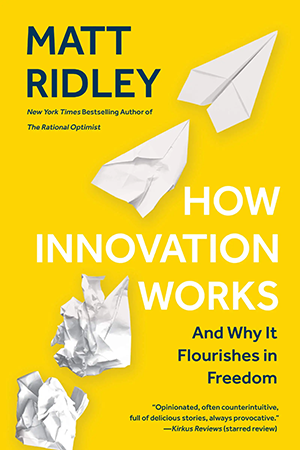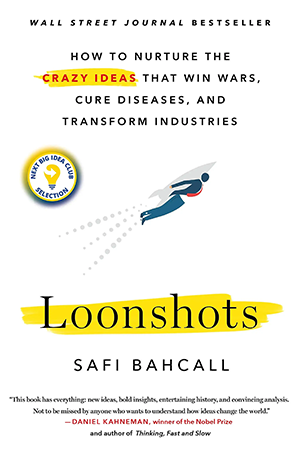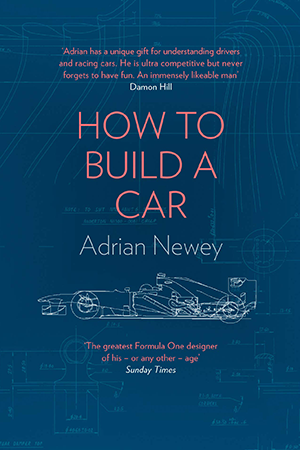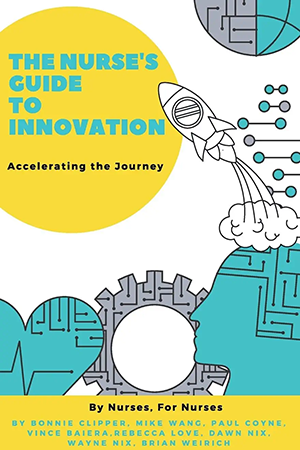
Library
Innovation
Matt Ridley
How Innovation Works
Innovation is the main event of the modern age, the reason we experience both dramatic improvements in our living standards and unsettling changes in our society. Forget short-term symptoms like Donald Trump and Brexit, it is innovation that will shape the twenty-first century. Yet innovation remains a mysterious process, poorly understood by policy makers and businessmen alike. Matt Ridley argues that we need to see innovation as an incremental, bottom-up, fortuitous process that happens as a direct result of the human habit of exchange, rather than an orderly, top-down process developing according to a plan. Innovation is crucially different from invention, because it is the turning of inventions into things of practical and affordable use to people. It speeds up in some sectors and slows down in others. It is always a collective, collaborative phenomenon, involving trial and error, not a matter of lonely genius. It happens mainly in just a few parts of the world at any one time. It still cannot be modeled properly by economists, but it can easily be discouraged by politicians. Far from there being too much innovation, we may be on the brink of an innovation famine. Ridley derives these and other lessons from the lively stories of scores of innovations, how they started and why they succeeded or failed.

Safi Bahcall
Loonshots
Why do good teams kill great ideas? Loonshots reveals a surprising new way of thinking about the mysteries of group behavior that challenges everything we thought we knew about nurturing radical breakthroughs. Bahcall, a physicist and entrepreneur, shows why teams, companies, or any group with a mission will suddenly change from embracing new ideas to rejecting them, just as flowing water will suddenly change into brittle ice. Mountains of print have been written about culture. Loonshots identifies the small shifts in structure that control this transition, the same way that temperature controls the change from water to ice. Using examples that range from the spread of fires in forests to the hunt for terrorists online, and stories of thieves and geniuses and kings, Bahcall shows how a new kind of science can help us become the initiators, rather than the victims, of innovative surprise. Over the past decade, researchers have been applying the tools and techniques of this new science—the science of phase transitions—to understand how birds flock, fish swim, brains work, people vote, diseases erupt, and ecosystems collapse. Loonshots is the first to apply this science to the spread of breakthrough ideas. Bahcall distills these insights into practical lessons creatives, entrepreneurs, and visionaries can use to change our world. Along the way, readers will learn how chickens saved millions of lives, what James Bond and Lipitor have in common, what the movie Imitation Game got wrong about WWII, and what really killed Pan Am, Polaroid, and the Qing Dynasty.

Adrian Newey
How to Build a Car
The world’s foremost designer in Formula One, Adrian Newey OBE is arguably one of Britain’s greatest engineers and this is his fascinating, powerful memoir. How to Build a Car explores the story of Adrian’s unrivalled 35-year career in Formula One through the prism of the cars he has designed, the drivers he has worked alongside and the races in which he’s been involved. A true engineering genius, even in adolescence Adrian’s thoughts naturally emerged in shape and form – he began sketching his own car designs at the age of 12 and took a welding course in his school summer holidays. From his early career in IndyCar racing and on to his unparalleled success in Formula One, we learn in comprehensive, engaging and highly entertaining detail how a car actually works. Adrian has designed for the likes of Mario Andretti, Nigel Mansell, Alain Prost, Damon Hill, David Coulthard, Mika Hakkinen, Mark Webber and Sebastian Vettel, always with a shark-like purity of purpose: to make the car go faster. And while his career has been marked by unbelievable triumphs, there have also been deep tragedies; most notably Ayrton Senna’s death during his time at Williams in 1994. Beautifully illustrated with never-before-seen drawings, How to Build a Car encapsulates, through Adrian’s remarkable life story, precisely what makes Formula One so thrilling – its potential for the total synchronicity of man and machine, the perfect combination of style, efficiency and speed.

Bonnie Clipper
The Nurse's Guide to Innovation
Can you answer the call of the Entreprenurse? How do you build a culture of innovation? How can you develop an innovators mindset? How can you use a more human-centered approach to solving your challenges? These are among the topics covered in The Nurses Guide to Innovation. This book is the perfect how-to guide for nurses, nurse leaders, and even other clinicians, who have inventions, innovations and an entrepreneurial spirit. No matter where you are on the journey of innovation, whether you have just come up with the million-dollar idea, are a few years into your business, or want to learn to think like an innovator, this book is a great resource. The team of authors provides guidance and practical tips on; entrepreneurship, developing a business or marketing plan, protecting intellectual property, securing financing, or engaging nurses in innovation that will help you advance your innovation, invention, idea or even enhance engagement in the change process. The competencies shared in this book represent those that are present in successful entrepreneurs and innovators. Written for nurses, by nurses this book shares personal stories of both failure and success and presents readers with the tactics that are key to successfully advancing any innovative idea.
